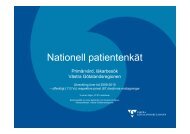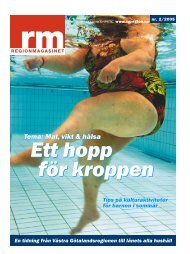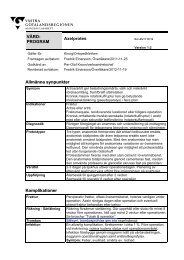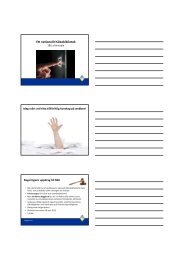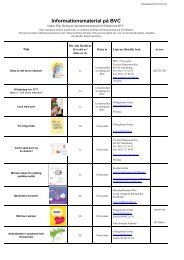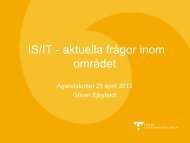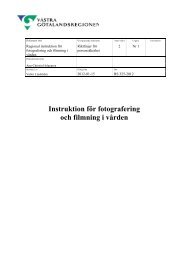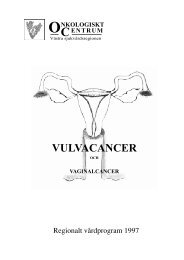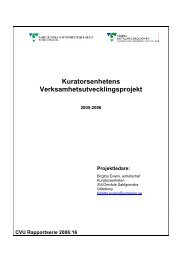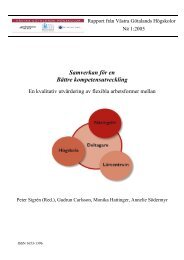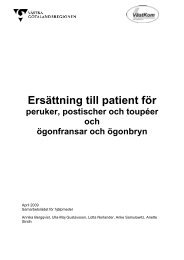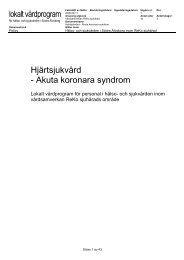FOURTEENTH ANNUAL EUROPEAN PRESSURE ULCER ...
FOURTEENTH ANNUAL EUROPEAN PRESSURE ULCER ...
FOURTEENTH ANNUAL EUROPEAN PRESSURE ULCER ...
You also want an ePaper? Increase the reach of your titles
YUMPU automatically turns print PDFs into web optimized ePapers that Google loves.
Thursday September 1st<br />
Proceedings of the 14th Annual European Pressure Ulcer Meeting<br />
Oporto, Portugal<br />
Prevention of Pressure Ulcers in Pediatric Care<br />
Guido Ciprandi 1* , Enrico Castelli 2 , Michaela Carletti 3 and Massimo Rivosecchi 1<br />
1 Wound Care Pediatric Surgical Center, Dpt of Surgery and Transplantation, Bambino Gesu’ Children’s<br />
Hospital, Palidoro and Rome, Italy, guidociprandi@gmail.com<br />
2 Unit of NeuroRehabilitation, Bambino Gesu’ Children’s Hospital, Palidoro and Rome, Italy<br />
3 Unit of Microbiology, Bambino Gesu’ Children’s Hospital, Palidoro and Rome, Italy<br />
Introduction<br />
Prevention of Pressure Ulcers (PUs) in children begins<br />
from the maintenance of the skin integrity: accepting<br />
that the skin is the largest organ of the body this<br />
statement requires an heavy work and a complete<br />
understanding of the wound healing process, which is<br />
a complex regulated physiologic response to traumatic<br />
skin injury. Skin integrity, clinical examination,<br />
analysis of the risk, educational strategies, and a<br />
natural comprehension of the different PUs stages are<br />
the main tessera of the important wound care puzzle<br />
called “Prevention”. Pediatric is an heterogeneous age<br />
most prone to be affected by PUs because of the<br />
fragility of the skin, the thickness of the complex<br />
epidermis-dermis (less than 2.1 mm) and high-risk for<br />
skin breakdown (SB) patients: prematures, newborn.<br />
Methods<br />
During the last 6yrs, 363 children affected by Pressure<br />
Ulcers (Pus) were treated at Bambino Gesu’ Children’s<br />
Hospital for a total of 602 lesions. At the same time a<br />
Prevention’s Program had been instituted. Considering<br />
the differences from adults, children admitted to NICU,<br />
PICU, and NeuroRehabilitation Units have to be<br />
managed by an aggressive prevention. All kind of<br />
undue friction or pression at the level of occiput, ear<br />
and heels, which symbolizes in children the main<br />
affected sites by PUs (60%), must be avoided. The<br />
“head to toe” skin assessment, mobility, incontinence,<br />
nutrition, pain and an immediate counselling of the<br />
parents represent the 1 st step of our prevention<br />
protocol. The 2 nd step is the classement of the<br />
admitted patiens. We considered 6 top-risk class of<br />
children: 1. disabled, 2. still-motionless, 3. mentalimpaired,<br />
4. incontinent, 5. spinal and 6. syndromic<br />
patients. The third step is to pay more attention to the<br />
oedema development. Whatever is the cause, the prearteriolar<br />
space is increased, the distance between the<br />
capillary boundles and diffusion of the Oxygen to the<br />
tissues is reduced. The fourth step is the accurate<br />
surveillance of devices and a rotational protocol is<br />
advocated.<br />
Results<br />
Considering the 4 steps of the protocol, we analysed<br />
the difference between the 1 st period (2005-2007) vs<br />
78<br />
the 2 nd period (2008-2010) (Table 1). The Student<br />
unpaired t-test was used and is pointed at p



